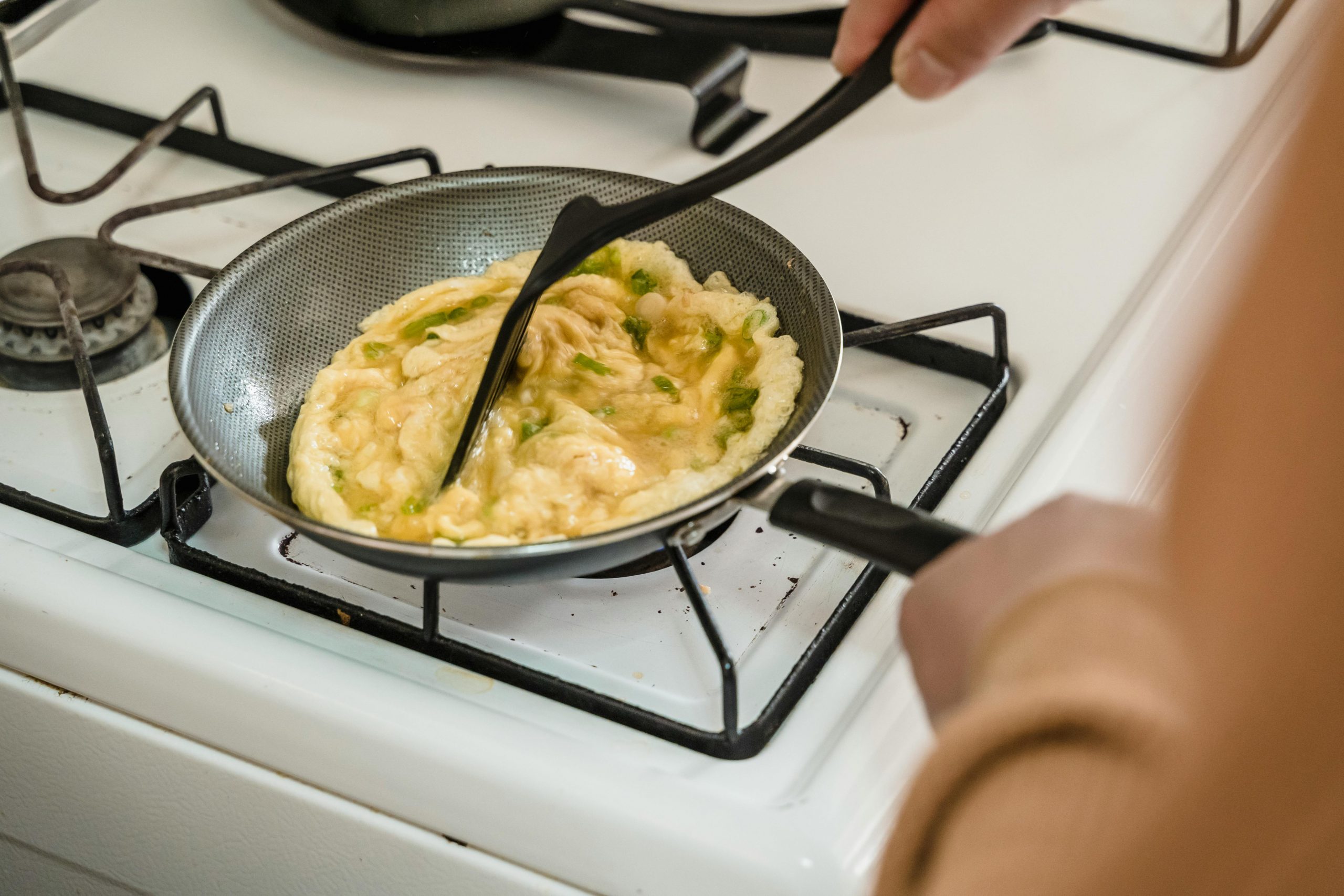Getting your wisdom teeth removed is a common dental procedure, but recovery can feel challenging—especially when it comes to eating. In the first few days, your mouth will be tender, and you’ll need foods that are soft, easy to chew, and gentle on your healing gums. Choosing the right meals not only keeps you comfortable but also speeds up recovery.
In this guide, you’ll learn:
- Why food choices matter after surgery
- The best soft and nutritious foods to eat
- Which foods to avoid and why
- Tips for staying nourished while healing
Why Your Diet Matters After Wisdom Teeth Removal

The days following wisdom teeth removal are crucial for healing. Eating the wrong foods can:
- Dislodge the blood clot in your socket (leading to painful dry socket)
- Cause unnecessary pain and irritation
- Delay healing due to infection risk
On the other hand, the right foods will:
- Provide essential vitamins and minerals for tissue repair
- Keep your energy up when you’re less active
- Reduce swelling and inflammation
Think of your diet as part of your treatment plan—just as important as following your dentist’s care instructions.
Best Foods to Eat After Wisdom Teeth Removal
When recovering, you’ll want foods that are soft, nutrient-dense, and easy to swallow without much chewing. Here’s a detailed list of safe and healing-friendly options:
- Smoothies and Shakes
Blended smoothies and milkshakes are a go-to choice because they’re easy to consume without chewing. Plus, you can pack them with nutrients.
Benefits:
- Hydrating and cooling
- Easy to customize for added protein and vitamins
Ideas:
- Banana + Greek yogurt + peanut butter
- Berry blend + almond milk + chia seeds
- Mango + coconut milk + spinach
Tip: Avoid using a straw in the first few days to prevent dislodging the clot.
- Mashed Potatoes
Soft and filling, mashed potatoes are a comforting option that’s rich in carbohydrates for energy.
Benefits:
- Easy to eat warm (not hot)
- Can be enriched with butter or milk for extra calories
Variations:
- Sweet potato mash for extra vitamin A
- Garlic-flavored mash for a savory option
- Yogurt
Yogurt is smooth, creamy, and gentle on healing gums. Choose plain or low-sugar varieties for better oral health.
Benefits:
- High in protein and calcium
- Contains probiotics that support overall health
Serving Tips:
- Add mashed fruit for flavor
- Use Greek yogurt for extra protein
- Applesauce
Applesauce is naturally sweet, soft, and rich in antioxidants.
Benefits:
- Gentle texture for sore mouths
- Provides vitamin C for healing
Tip: Avoid chunky varieties—stick to smooth applesauce.
- Scrambled Eggs

Eggs are one of the best protein sources for recovery and are soft enough to eat soon after surgery.
Benefits:
- High in protein and healthy fats
- Easy to digest
Serving Ideas:
- Add a little cheese for flavor
- Pair with mashed avocado for extra nutrients
- Oatmeal (Lukewarm)
Oatmeal can be soothing, but let it cool before eating to prevent irritation.
Benefits:
- Rich in fiber and minerals
- Can be made creamier with milk
Tip: Avoid adding crunchy toppings like nuts or granola until you’re fully healed.
- Soup and Broth
Warm (not hot) soups can be both comforting and hydrating. Puree chunky soups to make them easier to eat.
Best Options:
- Creamy tomato soup
- Pureed pumpkin or carrot soup
- Chicken broth for protein and electrolytes
Foods to Avoid After Wisdom Teeth Removal
Some foods can harm your healing gums, cause pain, or delay recovery. Avoid these until your mouth has fully healed to prevent complications like infection or dry socket:
- Crunchy foods like chips, nuts, and raw vegetables – These can scratch your healing gums and dislodge blood clots that protect the wound.
- Chewy foods like tough meat or caramel – The extra chewing effort can strain your jaw and irritate the surgical area.
- Spicy foods that may irritate wounds – Spices can cause burning sensations and slow the healing process.
- Hot foods and drinks that can increase swelling – High temperatures may worsen inflammation and prolong discomfort.
- Carbonated drinks that may cause discomfort – The bubbles can irritate sensitive tissue and increase pain.
- Foods with small particles like rice, seeds, or popcorn – These can easily get trapped in the socket, increasing the risk of infection.
It’s best to stick to soft, mild, and easy-to-chew foods until your dentist confirms that you can safely return to your normal diet.
Tips for Eating Comfortably During Recovery
- Eat Small, Frequent Meals
Instead of trying to eat large portions at once, have several small meals throughout the day. This is gentler on your mouth, reduces strain on your jaw, and helps maintain your energy while you heal.
- Stay Hydrated
Drinking enough water is essential for recovery. It helps your body heal faster, keeps your mouth moist, and reduces the risk of dry mouth. Sip slowly and avoid drinks that are too hot or too cold.
- Use a Spoon Instead of a Straw
While it might seem easier to drink through a straw, the suction can dislodge the blood clot that’s protecting your healing socket, leading to a painful condition called dry socket. A spoon or simply sipping from a cup is much safer.
- Choose Lukewarm Foods
Extremely hot or icy foods can irritate sensitive tissue and cause pain. Room-temperature or slightly warm foods are best for keeping you comfortable.
- Chew with the Opposite Side
If your dentist removed teeth on only one side, try to chew on the other side to avoid irritating the healing area. This prevents unnecessary pressure and discomfort.
- Avoid Crunchy or Sticky Foods
Foods like chips, nuts, or chewy candies can get stuck in the socket or damage the healing tissue. Stick to smooth, soft textures until your dentist says it’s safe to return to your regular diet.
How Long to Follow a Soft Food Diet
Your mouth needs time to heal before you can chew normally again. Most people should stick to a soft food diet for at least 3 to 7 days after wisdom teeth removal.
- In the first 24–48 hours, only eat very soft foods like yogurt, pudding, or applesauce.
- By day 3 or 4, you can slowly add slightly thicker foods like mashed potatoes, scrambled eggs, or soft pasta.
- Wait until your dentist approves before trying crunchy or chewy foods. Healing time can vary depending on your age, health, and how complicated your extraction was.
When to Reintroduce Regular Foods
Recovery time varies, but most people can start eating semi-soft foods like pasta, pancakes, or soft-cooked vegetables after 5–7 days. Hard, crunchy, or chewy foods should be avoided for at least 2 weeks or until your dentist gives the all-clear.
Signs You’re Ready to Eat Normally Again
It’s important to listen to your body and avoid rushing your recovery after wisdom teeth removal. Moving to solid foods too soon can cause pain, reopen the wound, or even lead to infection. Most people can slowly reintroduce normal foods after about a week, but timing can vary.
You may be ready to return to your regular diet when you notice:
- No swelling or only mild swelling left – The gum tissue should look and feel close to normal. Persistent swelling may mean your mouth needs more healing time.
- Minimal or no pain while chewing soft foods – You should be able to eat items like scrambled eggs or mashed potatoes without discomfort.
- No bleeding for at least 24 hours – Continuous bleeding is a sign that the surgical site is still vulnerable.
- You can open your mouth without discomfort – This makes chewing easier and lowers the risk of accidentally biting your cheek or tongue.
Even when you feel ready, start with easier-to-chew foods first. If any pain or swelling returns, go back to softer meals for a couple more days. When in doubt, consult your dentist before changing your diet to avoid damaging the surgical site.
Sample 3-Day Post-Surgery Meal Plan
Day 1:
- Breakfast: Banana yogurt smoothie
- Lunch: Creamy pumpkin soup
- Snack: Applesauce
- Dinner: Mashed potatoes with soft scrambled eggs
Day 2:
- Breakfast: Greek yogurt with mashed berries
- Lunch: Pureed chicken soup
- Snack: Protein shake (no straw)
- Dinner: Sweet potato mash with avocado
Day 3:
- Breakfast: Oatmeal with mashed banana
- Lunch: Creamy carrot soup
- Snack: Applesauce
- Dinner: Mashed cauliflower with soft scrambled eggs
When to Call Your Dentist
While mild pain, swelling, and limited chewing ability are common in the first few days after wisdom teeth removal, you should contact your dentist or oral surgeon right away if you experience any of the following:
Severe or Increasing Pain After a Few Days
Mild discomfort should gradually improve with time. If your pain suddenly worsens or becomes intense after the third or fourth day, it may be a sign of dry socket, nerve irritation, or another complication.
Excessive Bleeding
Some oozing is normal during the first 24 hours, but heavy or uncontrolled bleeding that doesn’t stop after applying firm pressure with gauze should be evaluated immediately.
Pus or Signs of Infection
Thick yellow or green discharge from the extraction site, swelling that worsens instead of improving, or redness spreading to nearby areas can indicate an infection that needs prompt treatment.
Fever or Chills
A fever above 100.4°F (38°C) or chills could mean your body is fighting an infection. Early medical attention can help prevent the problem from worsening.
A Foul Taste or Odor from the Surgical Site
Persistent bad breath or a foul taste that doesn’t go away after rinsing may signal trapped food debris, infection, or tissue breakdown in the socket.
Other Concerning Symptoms
Contact your dentist if you have difficulty opening your mouth, persistent numbness, or swelling that makes breathing or swallowing difficult.
Final Thoughts
Knowing what to eat after wisdom teeth removal can make your recovery smoother, more comfortable, and faster. Stick to soft, nutrient-rich foods, avoid anything that might disturb your healing gums, and listen to your dentist’s aftercare instructions.
Your recovery is temporary—but the benefits of taking care now will last much longer. Within a couple of weeks, you’ll likely be back to enjoying your favorite meals again.
